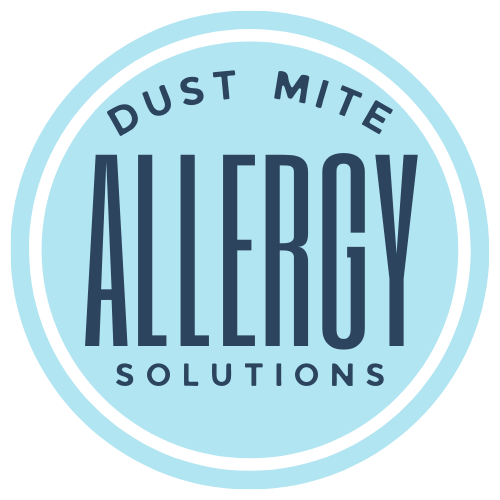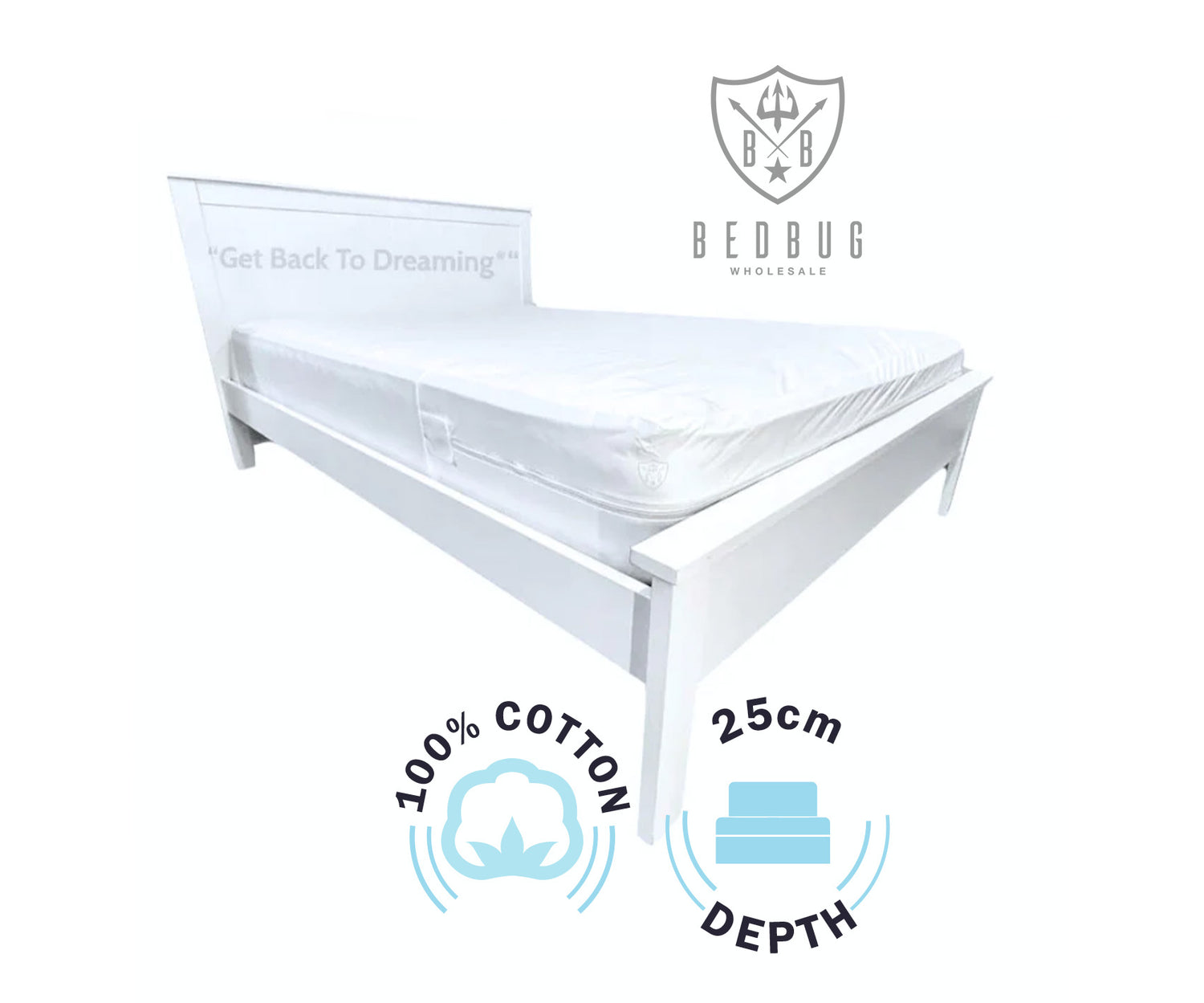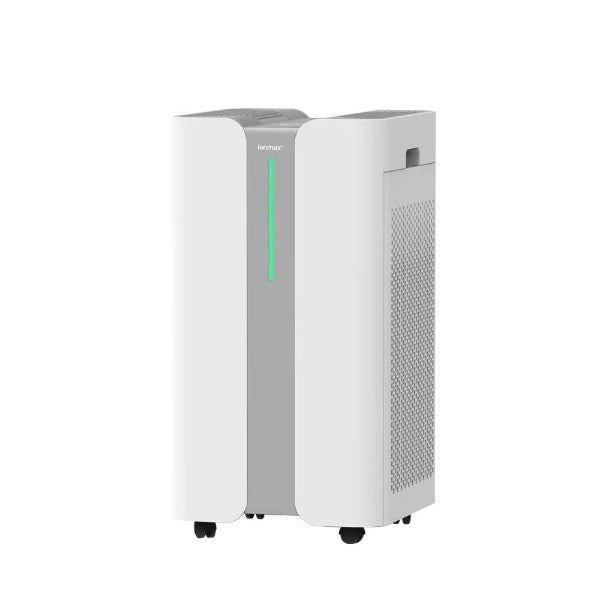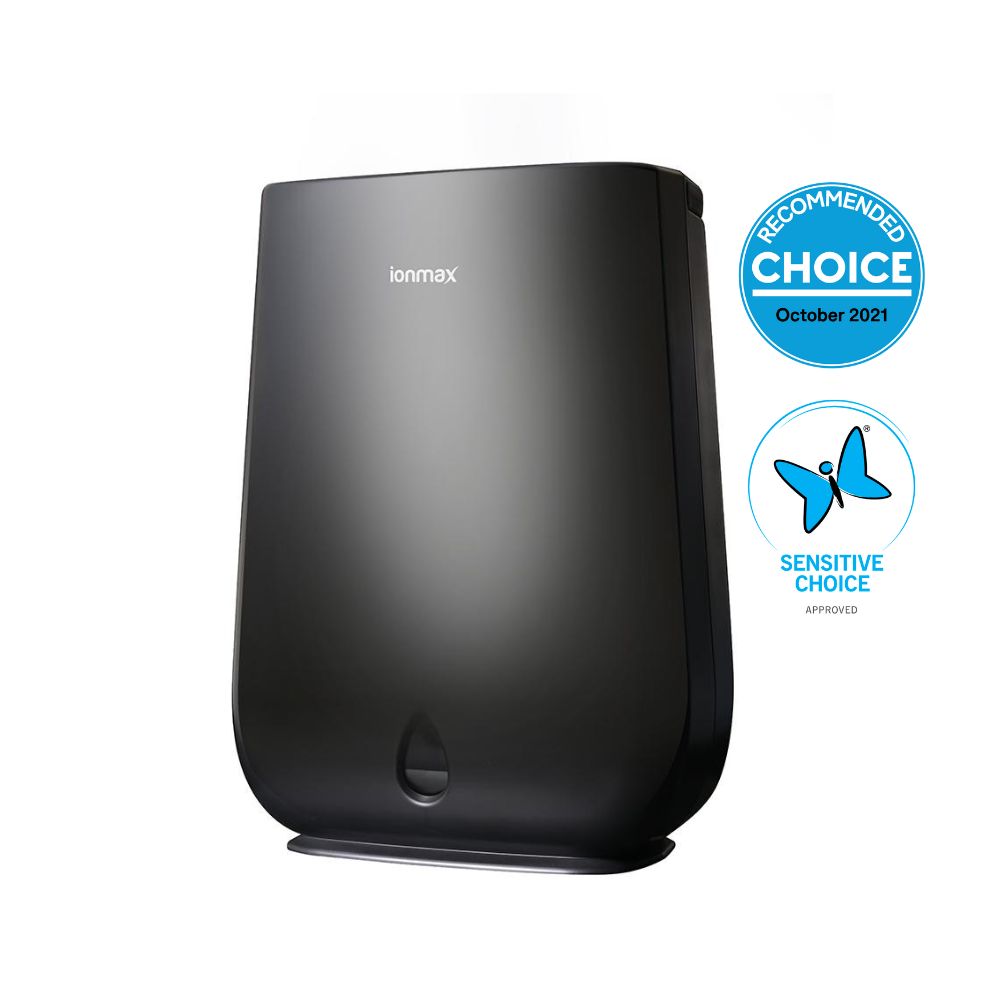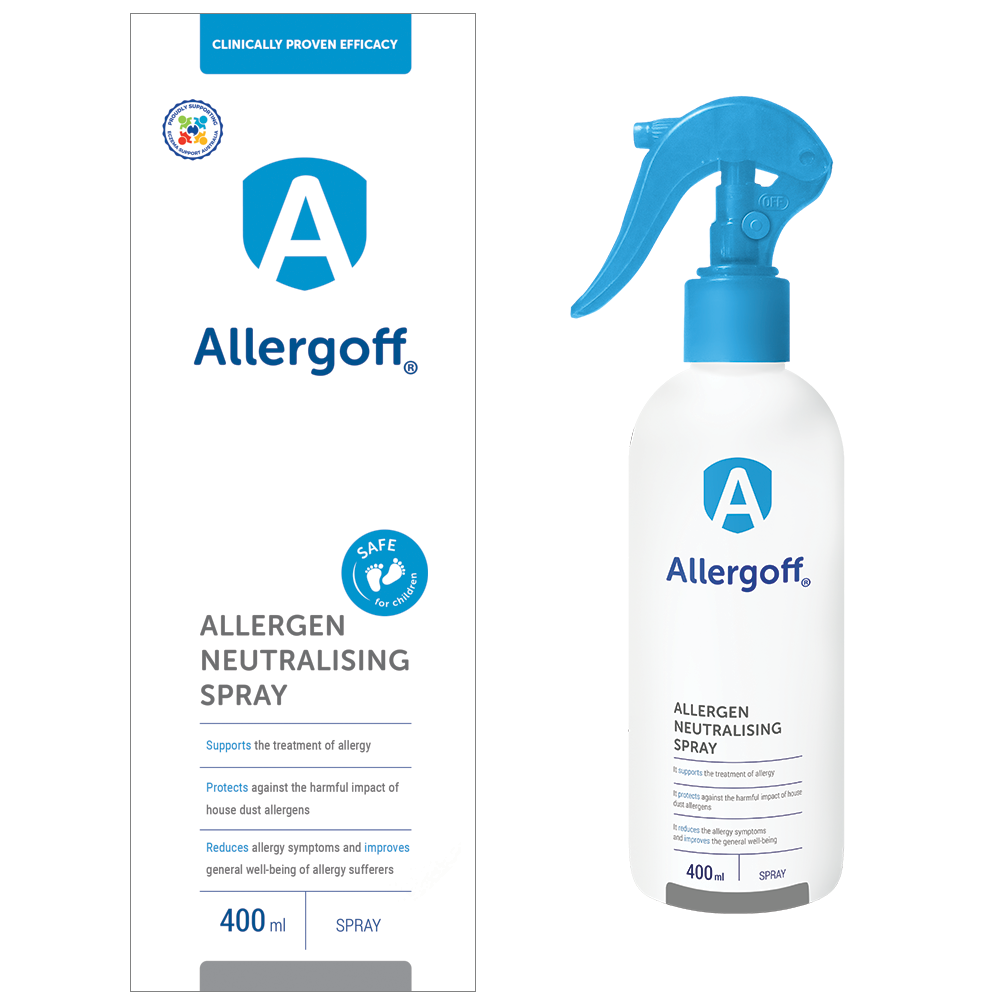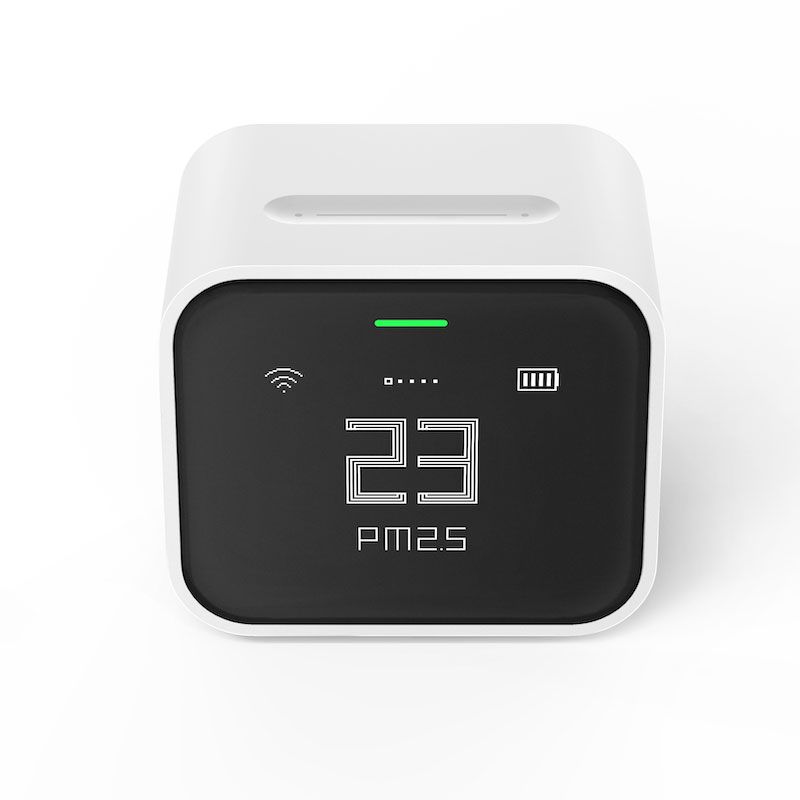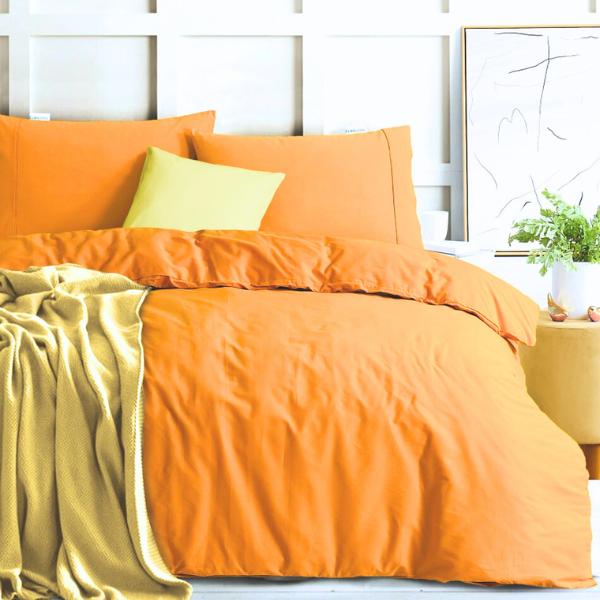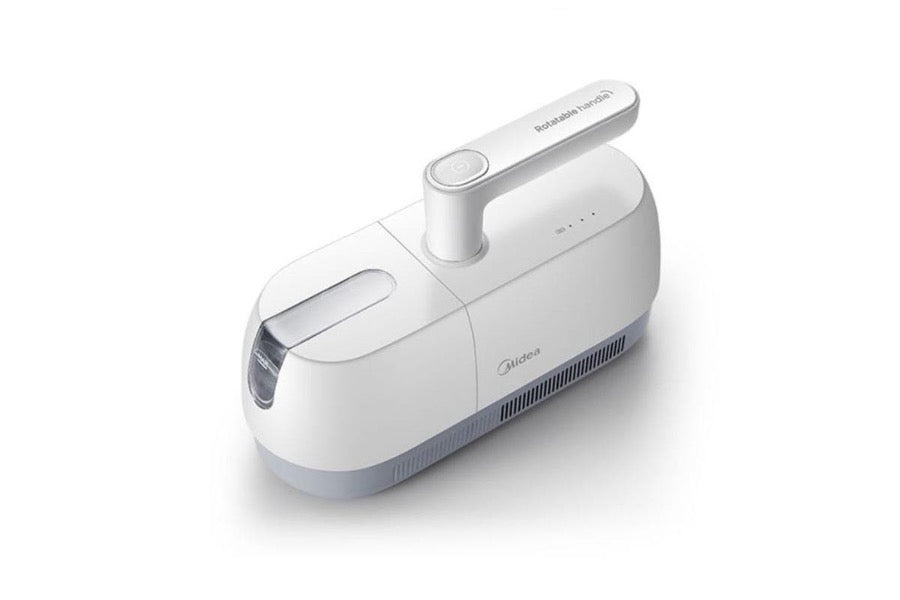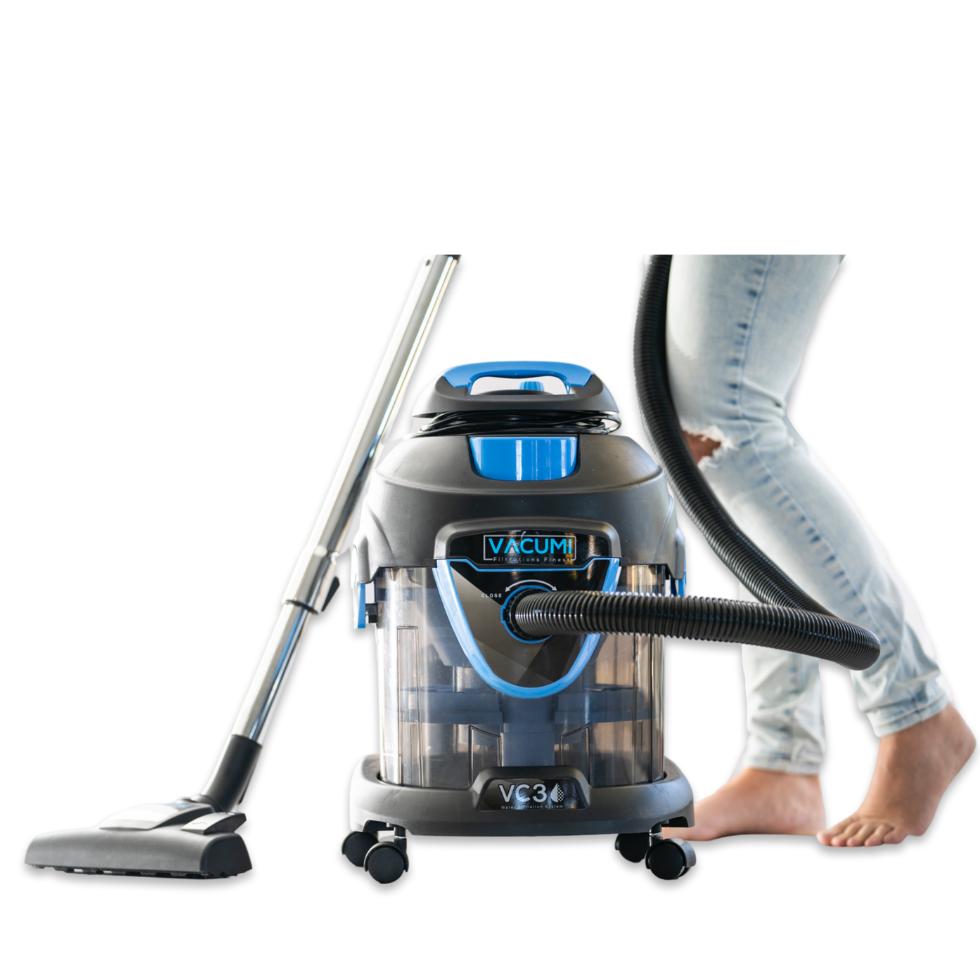What are HEPA filters
According to the EPA, HEPA filters, or High Efficiency Particulate Air filters, can capture "greater than 99.97% of the very fine particles" that traditional disposable filters cannot, making them extremely efficient in purifying air of pollutants and allergens.
HEPA filters are designed to remove at least 99.97% of dust, pollen, mold, bacteria, and any airborne particles with a size of 0.3 microns (µm).
- What HEPA filters do
- What are HEPA filters made of?
- How do HEPA filters work
- What is the difference between HEPA, HEPA 11, HEPA 13 and HEPA 14 filters?
- HEPA filters for allergies
- Can HEPA filters be washed and reused?
- Are HEPA filters recyclable
- Who invented HEPA filters?
- HEPA filters for vacuum cleaners
- HEPA filters for air purifiers
- Do HEPA filters help with mold
- HEPA filters and viruses
- HEPA filters and asthma
- Summary of HEPA filters
What HEPA filters do
HEPA filters are designed to efficiently capture a wide range of airborne particles. Here are the key functions and benefits of HEPA filters:
- Particle Capture: HEPA filters can remove at least 99.97% of airborne particles that are 0.3 microns in diameter, including pollen, dust mites, mold spores, pet dander, and bacteria.
- Air Quality Improvement: By trapping small particles, HEPA filters significantly improve indoor air quality.
- Allergy and Asthma Relief: For individuals suffering from allergies or asthma, HEPA filters can help reduce symptoms by removing allergens and irritants from the air.
- Protection Against Airborne Diseases: HEPA filters are effective at capturing pathogen-carrying particles, which can help reduce the spread of airborne diseases, including some viruses.

What are HEPA filters made of?
HEPA filters are made primarily of a mat of very fine, randomly arranged fibers. The most common materials used in these fibers include:
- Fiberglass: This is the traditional material used in HEPA filters. The fibers are typically very thin, often less than 1 micron in diameter. Fiberglass is used because of its ability to trap particles through various mechanisms without restricting air flow significantly.
- Polypropylene: Some modern HEPA filters use polypropylene fibers instead of fiberglass. Polypropylene is a type of plastic that offers similar filtration efficiency but can be less irritating to handle and potentially more resistant to moisture and chemical damage.
- Polyester: Like polypropylene, polyester is another synthetic fiber used in some HEPA filters. It's known for its strength, resistance to chemicals, and durability, making it suitable for air filtration.
How do HEPA filters work
According to Wikipedia, "HEPA filters are composed of a mat of randomly arranged fibers."
HEPA filters are highly efficient air purifiers composed of a dense mat of randomly arranged fibers, typically made from polypropylene or fiberglass with fiber diameters between 0.5 and 2.0 micrometers. To put it in perspective, 0.5 micrometer is equivalent to 0.0005 millimeters.
They capture airborne particles through mechanisms like interception, impaction, diffusion, and sieving, achieving at least 99.97% efficiency at trapping particles that are 0.3 microns in diameter.
What is the difference between HEPA, HEPA 11, HEPA 13 and HEPA 14 filters?
The numbers associated with HEPA filters indicate their efficiency in filtering out particles of a certain size:
-
HEPA: These filters are designed to capture at least 99.97% of airborne particles that are 0.3 microns or larger in diameter. They are effective at trapping a wide range of particles, including dust, pollen, mold spores, bacteria, and some viruses.
-
HEPA 11: These filters capture at least 95% of particles that are 0.3 microns or larger. They are effective at removing common household allergens like dust mites, pollen, and pet dander.
-
HEPA 13: These filters capture at least 99.95% of particles that are 0.3 microns or larger. They provide higher filtration efficiency compared to HEPA 11 filters and are often used in environments where air quality is crucial, such as hospitals and cleanrooms.
-
HEPA 14: These filters capture at least 99.995% of particles that are 0.3 microns or larger. They offer the highest level of filtration efficiency among standard HEPA filters and are commonly used in critical environments where extremely clean air is required, such as pharmaceutical manufacturing facilities and laboratories.

Are HEPA filters worth it for allergies
HEPA filters are widely recommended for managing allergies because they efficiently capture a range of allergens like pollen, pet dander, and dust mites, improving indoor air quality and reducing allergy symptoms.
They are versatile, available in different forms such as air purifiers and vacuum cleaners, and endorsed by health professionals.
Can HEPA filters be washed and reused?
Most HEPA filters cannot be washed and reused because water and cleaning agents can damage their delicate fiber structures, reducing their effectiveness.
However, some HEPA filters are specifically designed as washable or permanent, and these can withstand gentle rinsing under water if done according to the manufacturer's instructions.
Despite this, even washable HEPA filters should be replaced periodically to maintain optimal filtration performance, as repeated cleaning can degrade their efficiency over time.
For non-washable filters, it is best to replace them as per the manufacturer’s recommended schedule to ensure continued high air quality.
Are HEPA filters recyclable
HEPA filters are generally not recyclable through standard municipal recycling programs due to their complex structure and the mixed materials they contain, such as fiberglass or plastic fibers, coupled with accumulated contaminants.
Who invented HEPA filters?
HEPA filters were developed during the 1940s as part of the Manhattan Project, the U.S. government-led initiative that developed the first nuclear weapons. https://www.apcfilters.com/the-history-of-hepa-filters/ The filters were originally designed to capture radioactive particles and prevent their release into the atmosphere, thereby protecting researchers and the surrounding environment from radioactive contamination.
The technology was later declassified and adapted for commercial and residential use, where it proved extremely effective at removing a wide range of airborne particles, including dust, pollen, mold spores, and bacteria. This adaptation greatly expanded the applications of HEPA filters, making them crucial in settings requiring high air quality, such as hospitals, laboratories, and homes.
HEPA filters for vacuum cleaners
HEPA filters in vacuum cleaners are a key feature for enhancing the air quality in your home, especially for those suffering from allergies. Here's how they function and why they are beneficial:
- Filtration Efficiency: HEPA filters in vacuum cleaners are designed to trap a high percentage of very small particles that other vacuum filters may recirculate back into the air of your home. True HEPA filters can trap at least 99.97% of particles that are 0.3 microns in diameter, including pollen, dust mites, and pet dander.
- Air Quality Improvement: By using a vacuum equipped with a HEPA filter, you can reduce the amount of airborne allergens in your home significantly.
- Maintenance and Replacement: To maintain their effectiveness, HEPA filters in vacuum cleaners should be replaced periodically according to the manufacturer's instructions. Some are washable, but many are disposable and require regular replacement to ensure the vacuum continues to function efficiently.
HEPA filters for air purifiers
HEPA filters are a popular choice for air purifiers due to their high efficiency in capturing a wide range of airborne particles, including allergens, viruses, and pollutants. Here’s a closer look at their use in air purifiers:
Do HEPA filters help with mold
Yes, HEPA filters are effective in helping with mold in the air. HEPA filters are designed to capture at least 99.97% of airborne particles as small as 0.3 microns, which includes mold spores.
Here’s how HEPA filters can be beneficial in managing mold:
HEPA filters and viruses
HEPA filters are quite effective at capturing airborne particles, including viruses, due to their ability to trap particles as small as 0.3 microns with 99.97% efficiency. Here's how HEPA filters interact with viruses:
- Virus Capture: While viruses alone are often smaller than 0.3 microns, they are typically attached to larger particles like respiratory droplets, dust, or other aerosols. These are within the size range that HEPA filters can effectively capture. Therefore, HEPA filters can reduce the concentration of virus-laden particles in the air.
- Air Purification in Public and Medical Settings: HEPA filters are commonly used in settings where air purification is critical, such as hospitals, airplanes, and high-quality HVAC systems. Their ability to capture airborne pathogens, including viruses, helps reduce the risk of airborne transmission of diseases.
- Limitations: While HEPA filters are effective at trapping viruses attached to larger particles, they are not a standalone solution for virus elimination. Viruses that are not attached to larger particles might pass through if they are smaller than 0.3 microns. Moreover, HEPA filters do not kill viruses; they merely trap them. Hence, regular replacement and proper disposal of used filters are important to prevent any potential release of trapped viruses.
HEPA filters and asthma
HEPA filters can be particularly beneficial for individuals with asthma, as they effectively remove a significant portion of airborne allergens and irritants from indoor environments.
Here’s how HEPA filters can help those with asthma:
Summary of HEPA filters
HEPA filters, are designed to meet specific standards of efficiency and reliability in filtering airborne particles.
- Definition and Standards: HEPA filters must capture at least 99.97% of particles that are 0.3 microns in diameter. This size is chosen because it is the most challenging size of particle to capture, known as the Most Penetrating Particle Size (MPPS).
- Material and Construction: They are typically made from a mat of randomly arranged fibers, usually fiberglass or sometimes synthetic materials like polypropylene. The density and arrangement of the fibers create a complex maze through which air must pass, trapping particles through mechanisms such as impaction, interception, diffusion, and sieving.
- Applications: HEPA filters are used in a variety of settings where clean air is critical, including medical facilities, vehicles, homes, and industries. They are particularly effective for capturing allergens, mold spores, dust, pet dander, and even some viruses attached to larger particles.
- Maintenance and Replacement: HEPA filters are not generally washable and should be replaced periodically to maintain their efficiency. Some specialized types of HEPA filters designed for specific industrial applications or ultra-sensitive environments may have different maintenance and handling protocols.
- Effectiveness for Health: They are recommended for environments occupied by people with allergies, asthma, or other respiratory conditions, as they significantly improve indoor air quality by removing airborne irritants.
